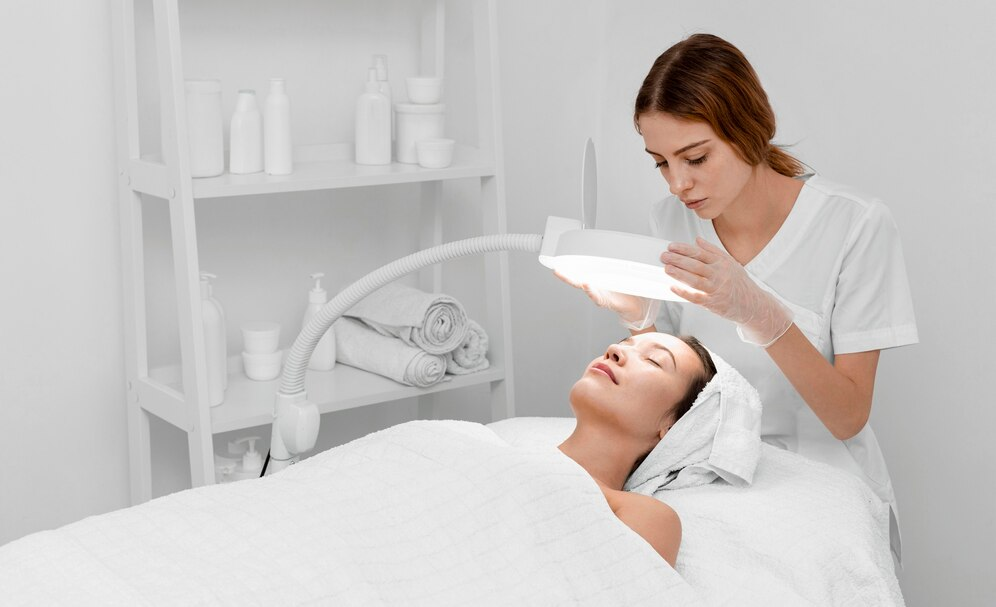
The therapeutic application of red light has emerged as a popular technique in wellness circles, garnering attention for its potential benefits in promoting relaxation, reducing stress, and enhancing overall mindfulness practice. By harnessing specific wavelengths of red light, this therapeutic method can help improve mental clarity, mood, and emotional well-being. Integrating this innovative practice into your mindfulness routine could lead to a deeper sense of awareness and greater emotional balance.
Understanding Therapy from Red Light
Utilizing this therapy involves using low-level wavelengths of light, typically in the range of 600 to 650 nanometers, to stimulate bodily functions and promote healing. Originally developed for various medical treatments, this therapy has gained traction among wellness enthusiasts for its non-invasive approach and minimal side effects. The science behind red light therapy suggests it helps in mitochondrial function, leading to improved cellular energy production. In mindfulness practices, these enhanced cellular functions can translate into better mental resilience, as individuals may find it easier to engage in meditation and focus on the present moment. The gentle nature of the light allows users to feel relaxed, ultimately enhancing their capacity to settle into mindfulness exercises more deeply.
Benefits of Incorporating Therapeutic Red Light in Mindfulness
Combining red light therapy with mindfulness practices can amplify several key benefits, including:
- Enhanced Relaxation: The specific wavelengths can trigger relaxation responses, making it easier to transition into a state conducive to meditation.
- Improved Mood: Regular exposure may help alleviate symptoms of anxiety and depression, allowing for a clearer mental state during mindfulness sessions.
- Increased Focus: Users often report improved concentration abilities, enabling them to maintain attention on their breath or focal point longer during mindfulness exercises.
With so many advantages, it’s becoming increasingly common for individuals to seek ways to combine therapy using red light with mindfulness. The integration can be simple but requires some understanding of how to properly use this therapy.
Integrating the Therapeutic Effects of Red Light into Your Mindfulness Routine
When considering how to integrate red light into your mindfulness practice, there are a few key steps to follow. The first step is to choose the right equipment. There are various devices available in the market, ranging from handheld devices to full-body panels. Opt for a device that fits your needs and financial capacity. Once you have the equipment, schedule specific time blocks within your mindfulness practice dedicated to therapy using red light. You may find it helpful to employ this therapy for around 10-20 minutes before your mindfulness session. This pre-practice ritual can set a calming tone, encouraging a serene mindset. Ensure you sit comfortably in a quiet space where you can fully immerse yourself in the therapy. Sit or lay down facing the light source, allowing the light to envelop your body while you focus on your breath or meditation. You may feel warmth from the light, but it should never become uncomfortable. Stay present, observe your thoughts, and let the experience guide you.
Creating the Right Environment for Mindfulness
The environment in which you practice mindfulness can significantly influence the effectiveness of red light’s therapeutic effects. Finding a peaceful space free from distractions will allow you to connect more deeply with the experience. Consider dimming other lights in the room to enhance the ambiance, thus facilitating a more immersive experience. Also, consider adding elements to heighten your mindful state during this process. Aromatherapy with essential oils, soft music, or even nature sounds can enhance your relaxation further. Selecting a comfortable position, whether seated or lying down, is crucial, as comfort allows for deeper focus and reduces the likelihood of fidgeting.
Tracking Your Progress
As you integrate therapy using red light into your mindfulness practice, consider keeping a journal to document your experiences. Note any changes in your mental state, energy levels, or how easily you can focus on your mindfulness exercises. The insights gathered over time will provide a clearer picture of how the combination affects your overall well-being. Many practitioners also report that tracking progress can serve as motivation, affirming the positive impact red light has on their daily lives. This reinforces commitment, encouraging you to continue exploring and refining your mindfulness routine.
Common Considerations and Precautions
While therapy using red light is generally considered safe, it’s essential to approach it mindfully. Some individuals may experience mild side effects, such as skin irritation or headaches, especially if exposure is prolonged. Always consult your healthcare provider before beginning any new therapy, particularly if you have pre-existing conditions. Additionally, avoid looking directly into the light sources, as this may strain the eyes. Following the manufacturer’s guidelines will help ensure safe and effective use.

As you embrace this effective combination, understanding how to use therapy using red light safely can enhance your mindfulness experience significantly. By thoughtfully incorporating this therapy into your mindfulness practices, you create a nurturing environment for both your body and mind, ultimately fostering resilience and clarity in your daily life.
MindOwl Founder – My own struggles in life have led me to this path of understanding the human condition. I graduated with a bachelor’s degree in philosophy before completing a master’s degree in psychology at Regent’s University London. I then completed a postgraduate diploma in philosophical counselling before being trained in ACT (Acceptance and commitment therapy).
I’ve spent the last eight years studying the encounter of meditative practices with modern psychology.

